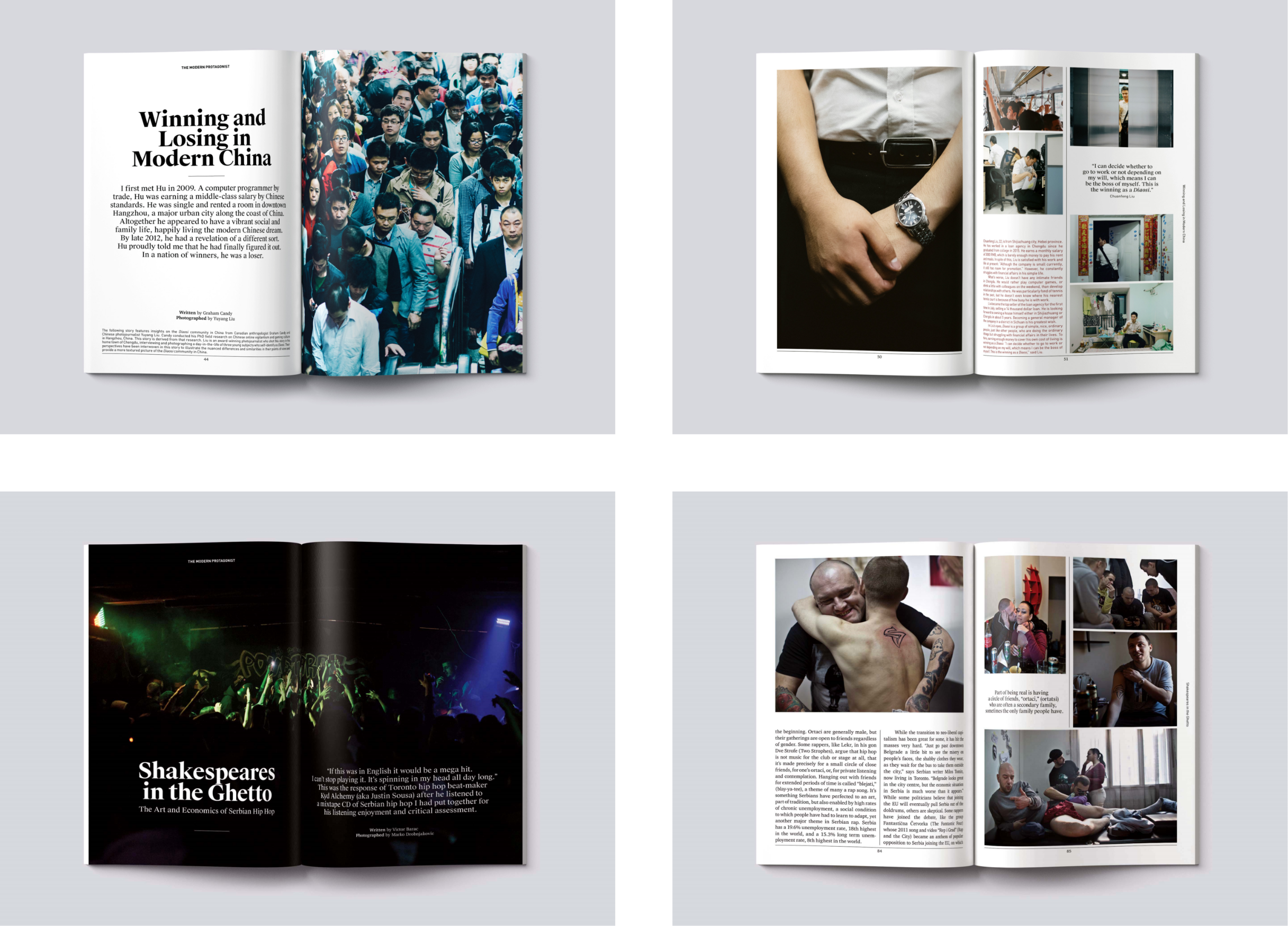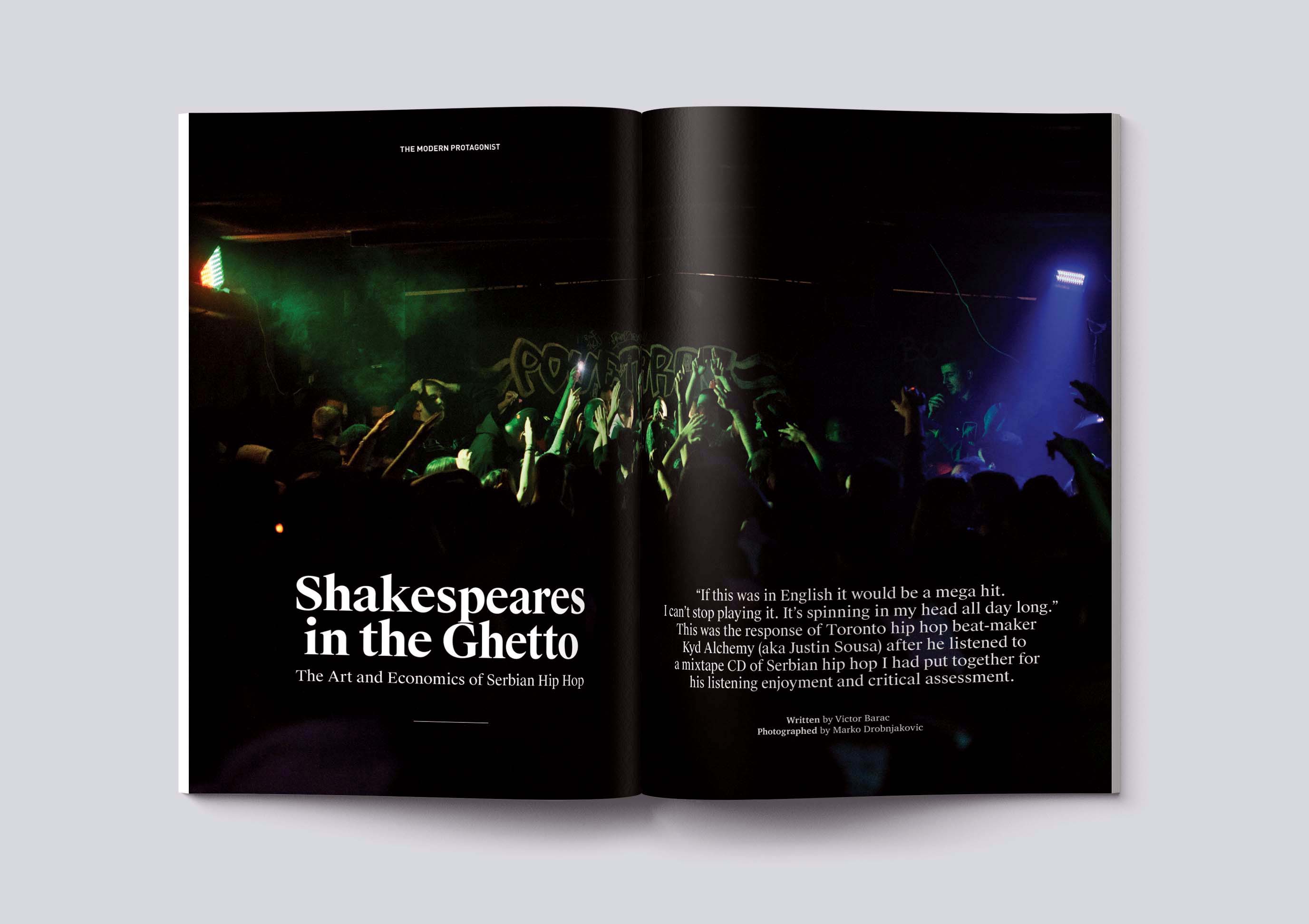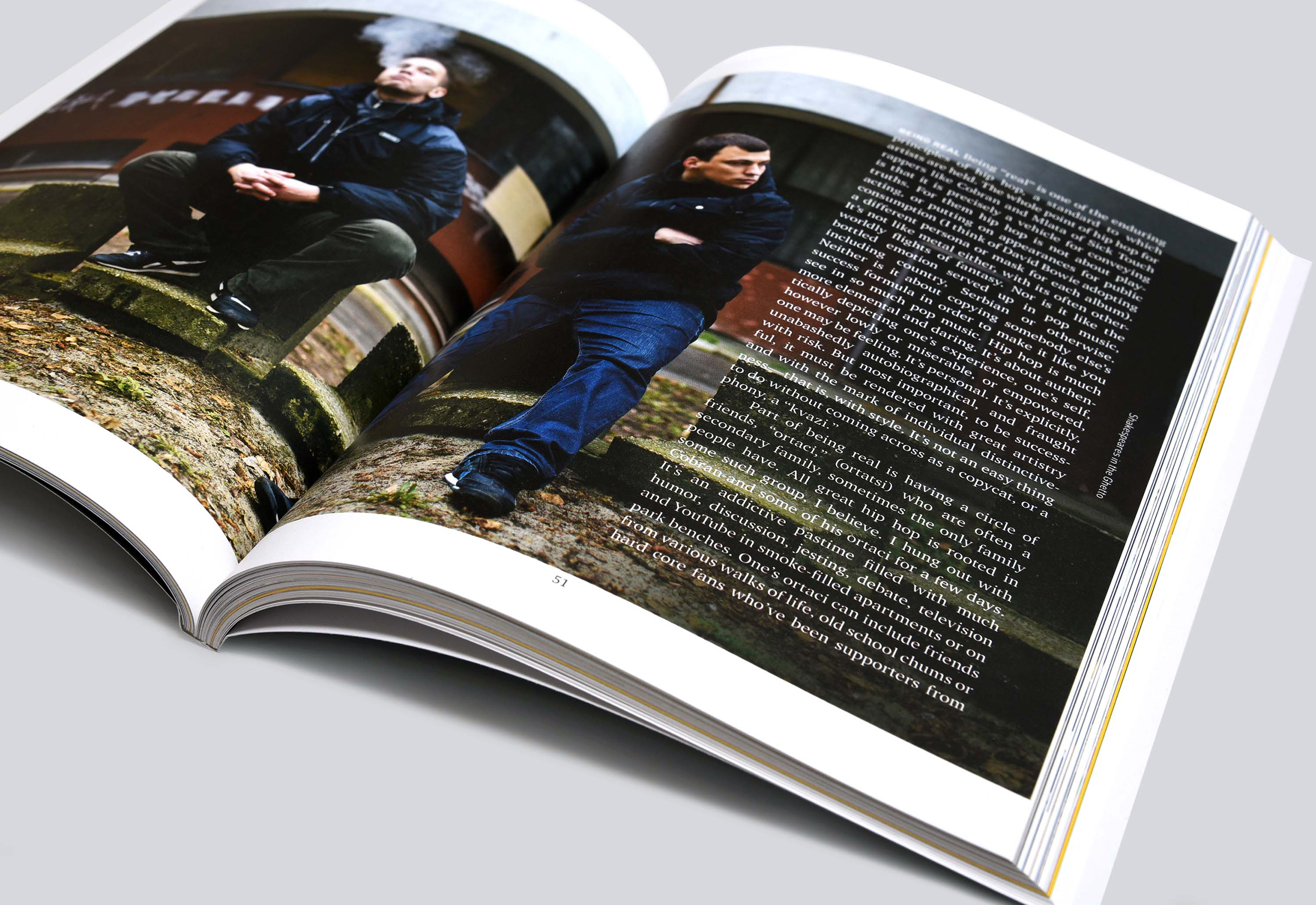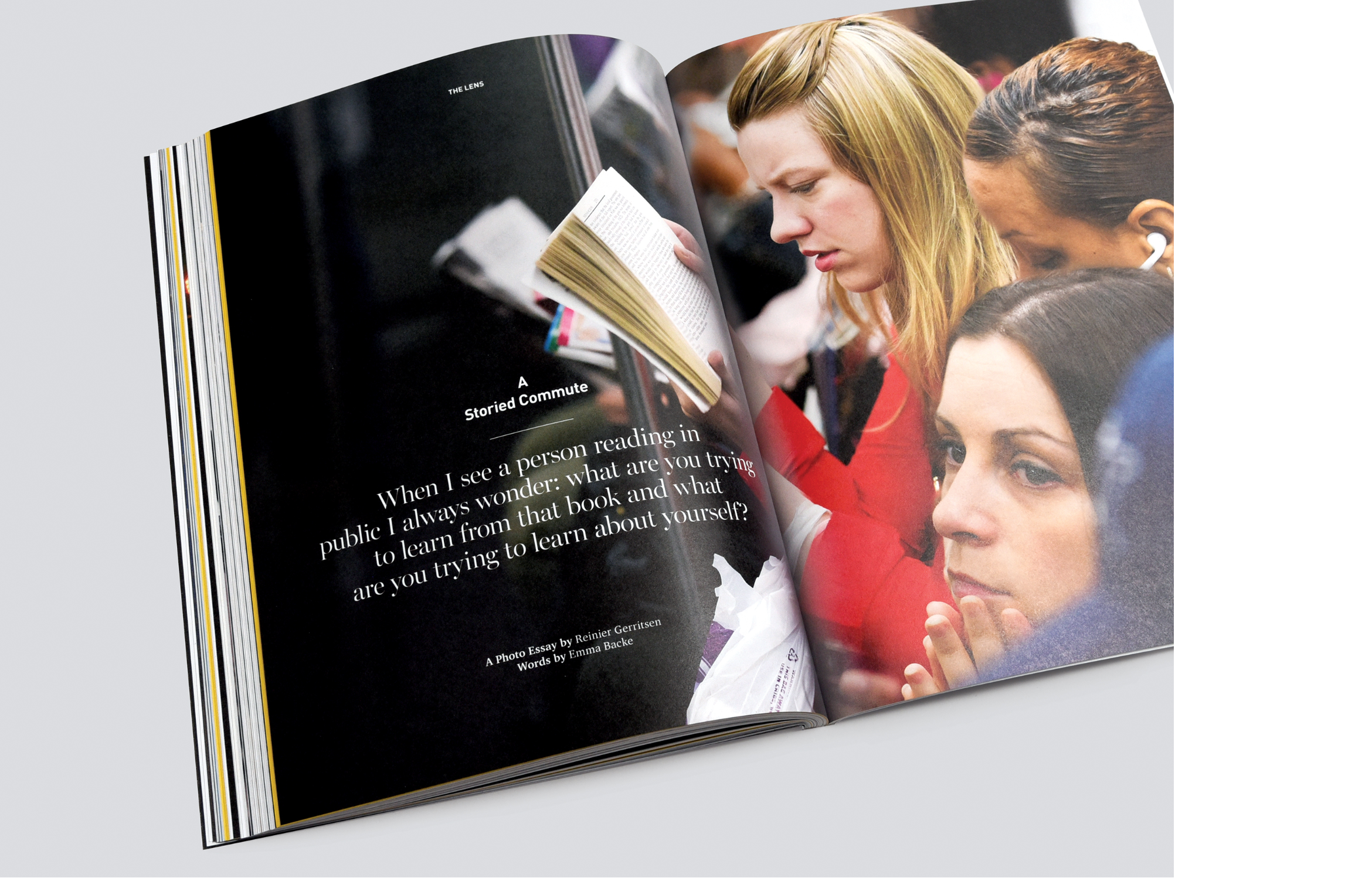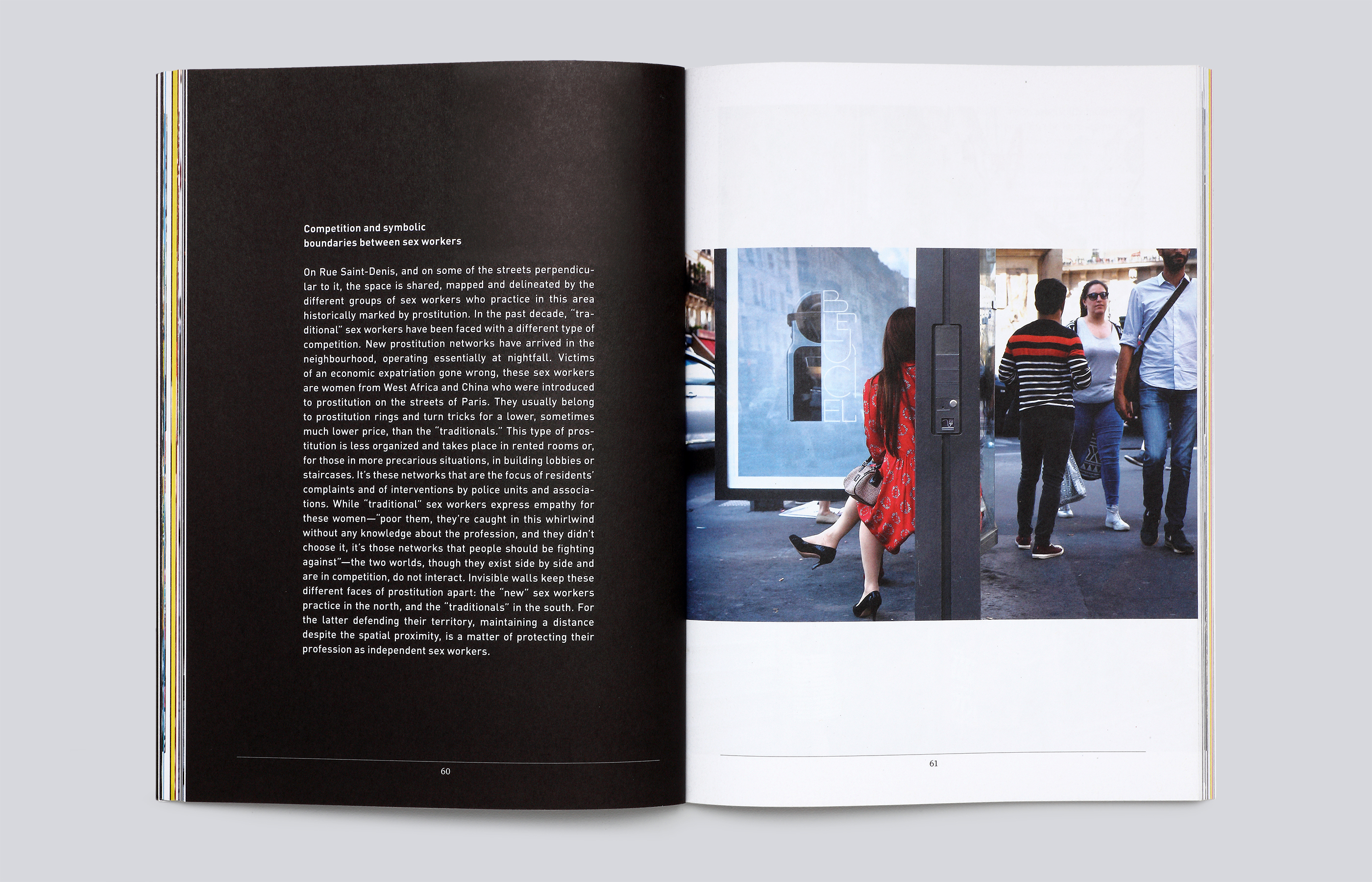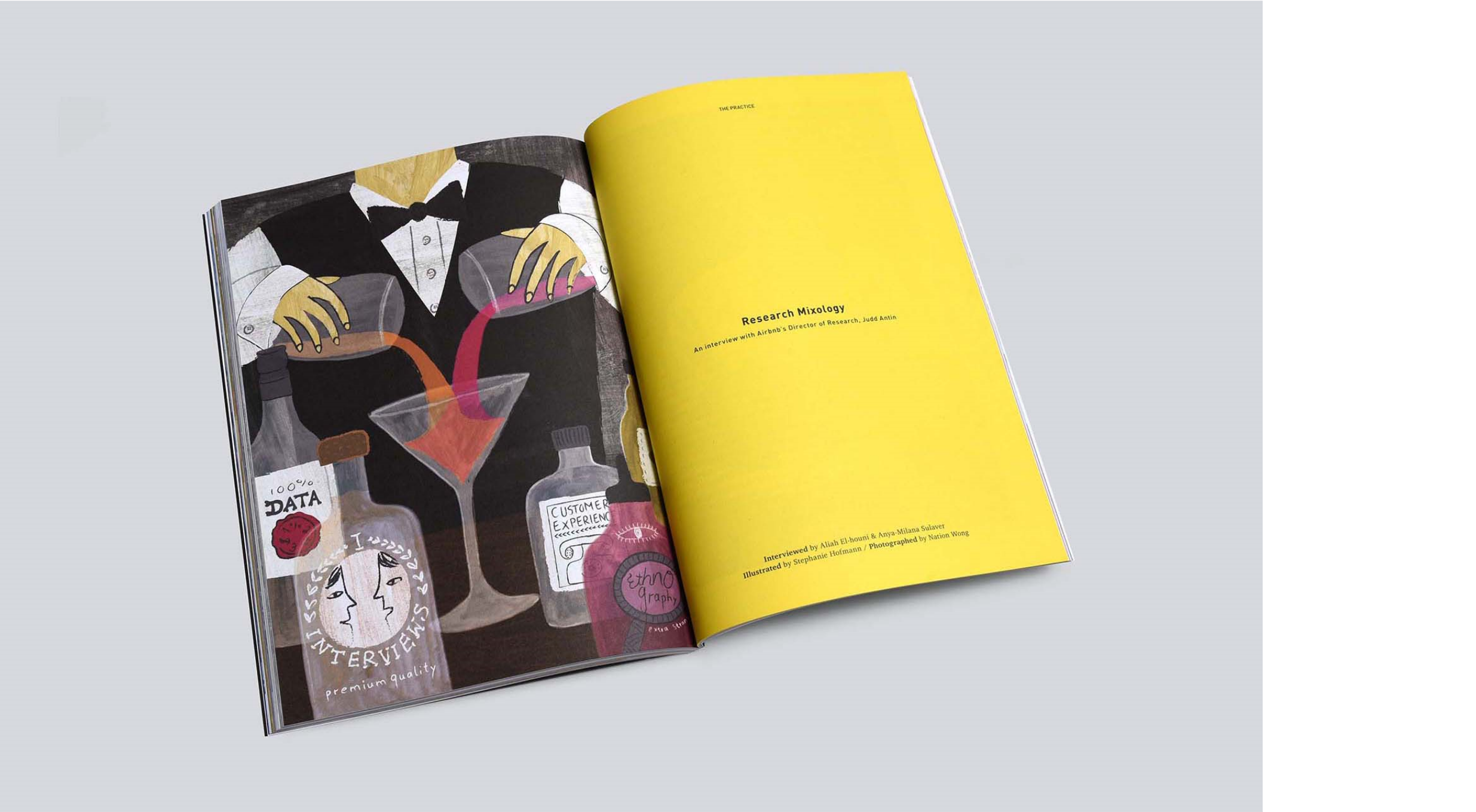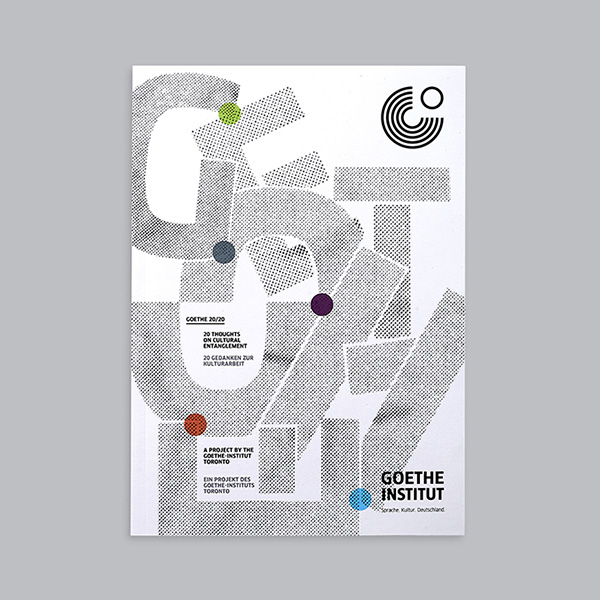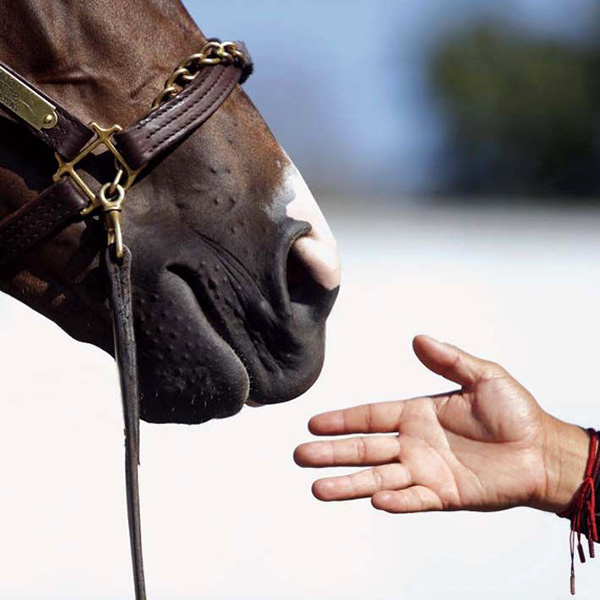I know of that uses an
anthropological standpoint
to tell its stories.”
I know of that uses an
anthropological standpoint
to tell its stories.”
I know of that uses an
anthropological standpoint
to tell its stories.”
With a design practice grounded in social science, we’ve long been aware of the amazing human stories locked in anthropological research. But we’ve often found that an anthropological approach is unfamiliar for business leaders used to marketing and quantitative research approaches.
“Business often has a top-down perspective,” says Victor Barac, an applied anthropologist and consultant. “For the anthropologist, speaking to the people who work in the cafeteria of an organization is just as important as speaking to the managers. The workers have all kinds of tacit knowledge that’s crucial to the functioning of the business.”
This inspired a publishing idea—to create a magazine to bring these stories of people, culture and context to a wider, more mainstream readership. The resulting magazine, Peeps, advocates for the value of social science to better understand the world, from markets to cultural shifts.


A magazine seemed like an ideal tool to do this. Magazines are a slower-paced medium, with long-form pieces that give a rich picture of a particular topic. Different types of content are put side by side, engaging a wider variety of readers. And magazines often have niche audiences based on affinity—perfect for a fledgling publication about anthropology.
Peeps was driven by a desire to combat simplified, unnuanced misreadings of culture—a goal which became especially pressing as Donald Trump campaigned and was elected on policies of explicit xenophobia and US chauvinism. The magazine’s design relied on high-quality local photojournalism to create a horizontal, human connection to the subjects of the writers’ pieces. It aimed to convey sophistication while remaining approachable.


Social media and kickstarter campaigns successfully built an audience for the magazine. For social media, our strategy was to ground Peeps’ brand in an organic passion for the craft of anthropology, sharing and engaging with anthropological ideas that were of genuine interest to the Peeps team. We gambled that being ourselves would connect with an audience that shared our interests, and we were right. The peeps account quickly became one of the top ranked anthropology accounts on twitter.
Victor Barac became one of the first anthropologists to write for Peeps. He had initially intended to write on a different topic, “but I had also begun doing this pilot study for an ethnography on Serbian hip hop music, so when I came back, I had all these stories.” His piece situated Serbian hip hop in the context of the post-Soviet economic transition, Serbia’s accession to the EU, and compatibility with inexpensive methods of production, while repping the genre as truly world-class hip hop.
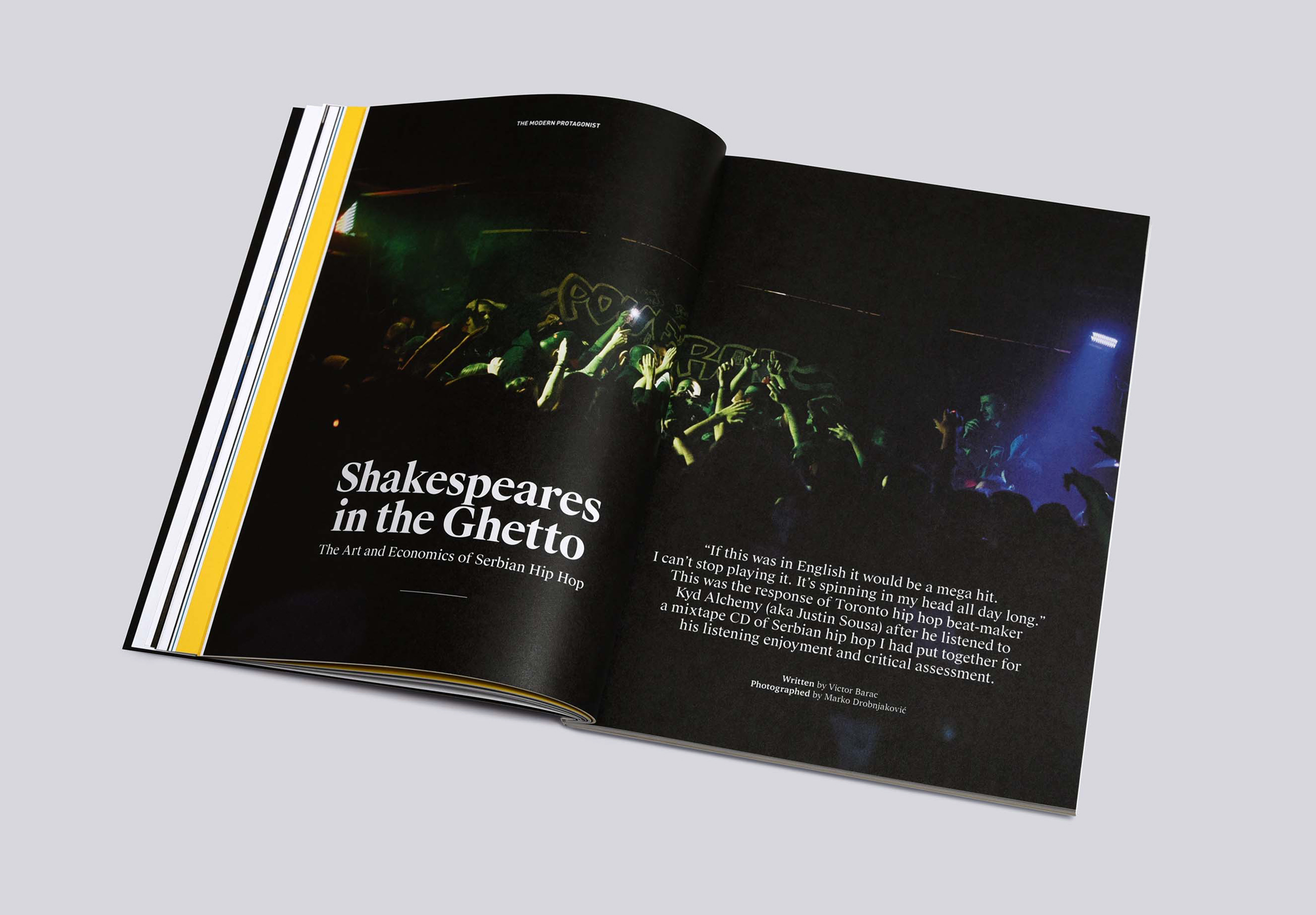

The first issue of peeps came out in 2013, with Aegis team members Aliah El-houni and Anya-Milana Sulaver as editors. It featured ten stories from around the world, covering topics like the search for identity among young men with hemophilia and the impact of mobile phone use on gender roles in India. One of the stories in the inaugural issue, a piece by Graham Candy on diaosi (‘loser’) subculture in China, received a Grand Prix Award at the Canadian magazine awards as the best niche/special interest story of the year.


Overall, peeps found a positive reception. Dr. Mitra Emad, an anthropology professor at the University of Minnesota, assigned issue 1 of peeps in her senior seminar on technology and culture. “I want my students to graduate with the capacity to work ethnographically in any environment, and to create multi-media products. Peeps has been a great inspirational example as well as providing supportive content for this endeavor.”
The magazine’s second issue was selected by Stack’s indie magazine curation service to be sent out to subscribers for the month of July 2017. In particular, the anthropological focus of peeps stood out to Steve Watson, Stack’s director: “Peeps is the only magazine I know of that uses an anthropological standpoint to tell its stories.”
After the second issue, Aegis stepped away from Peeps to focus on other projects. The magazine is still published by its original editors, in a digital format available to subscribers. ⬤
